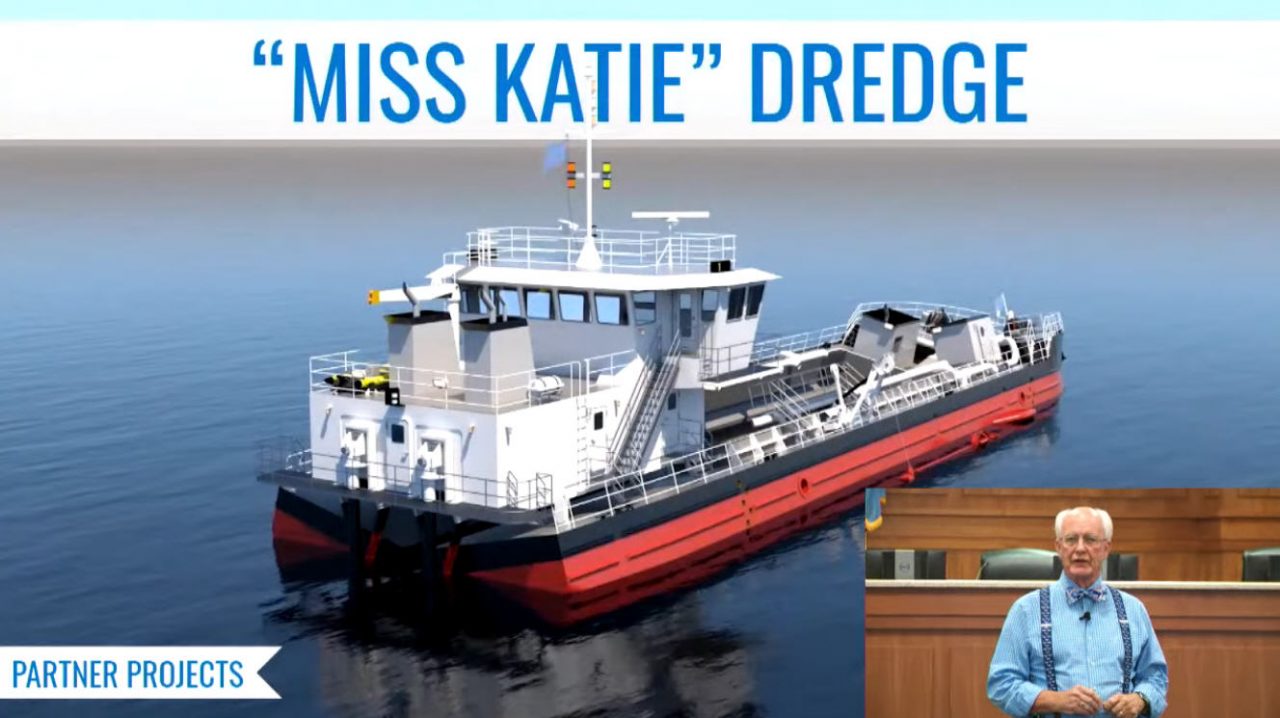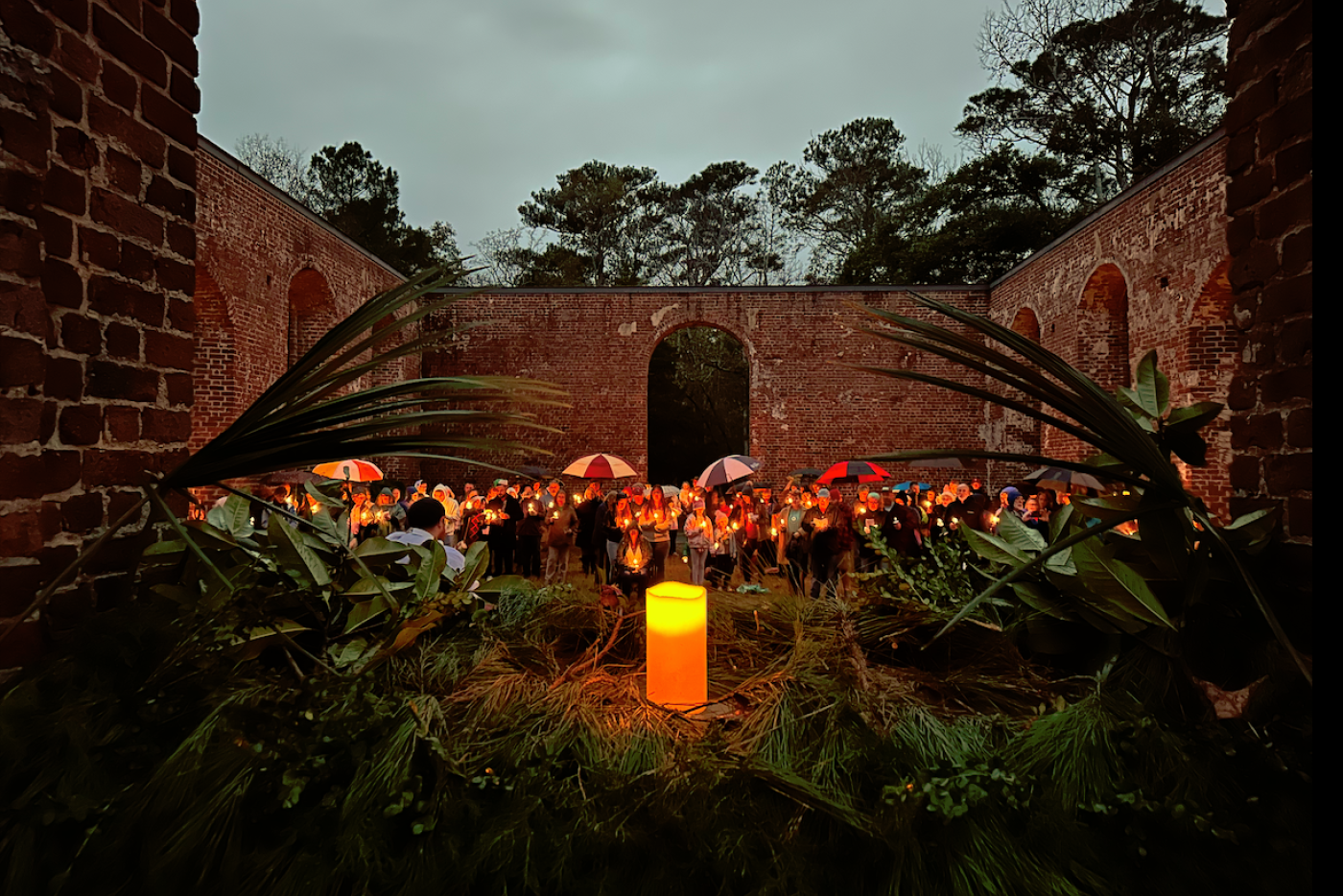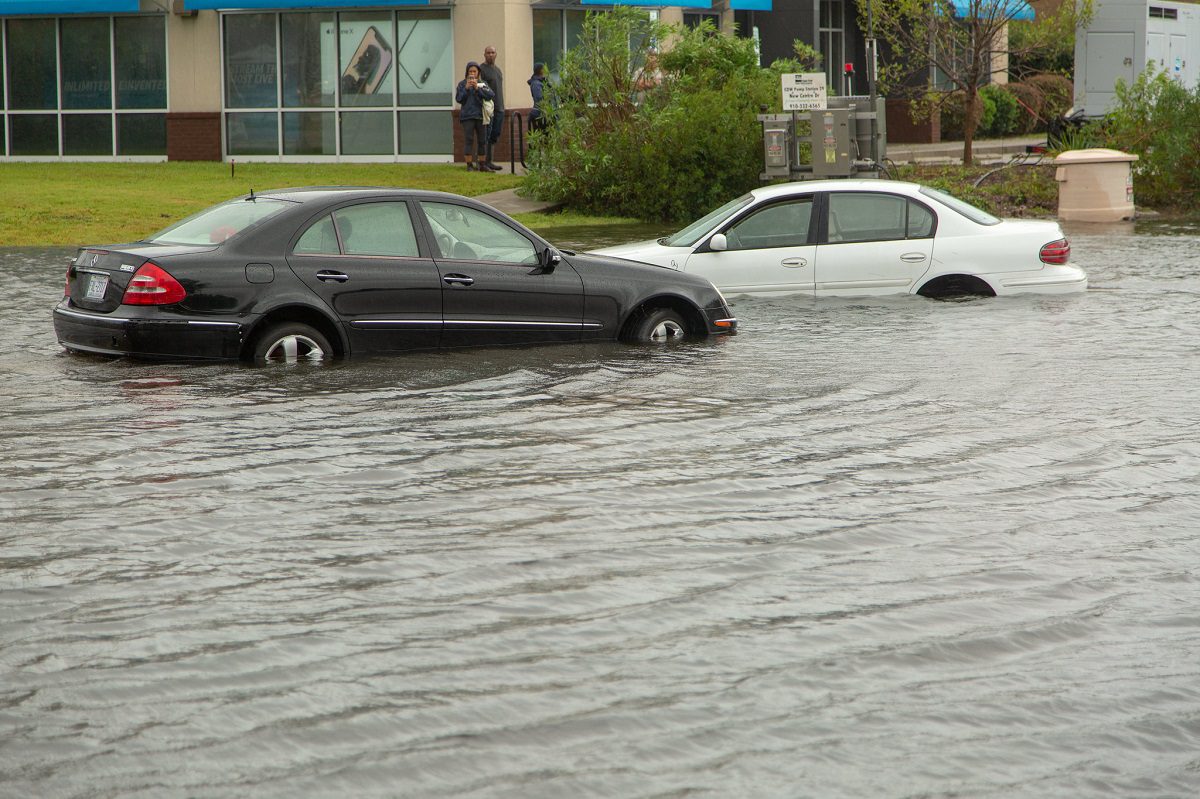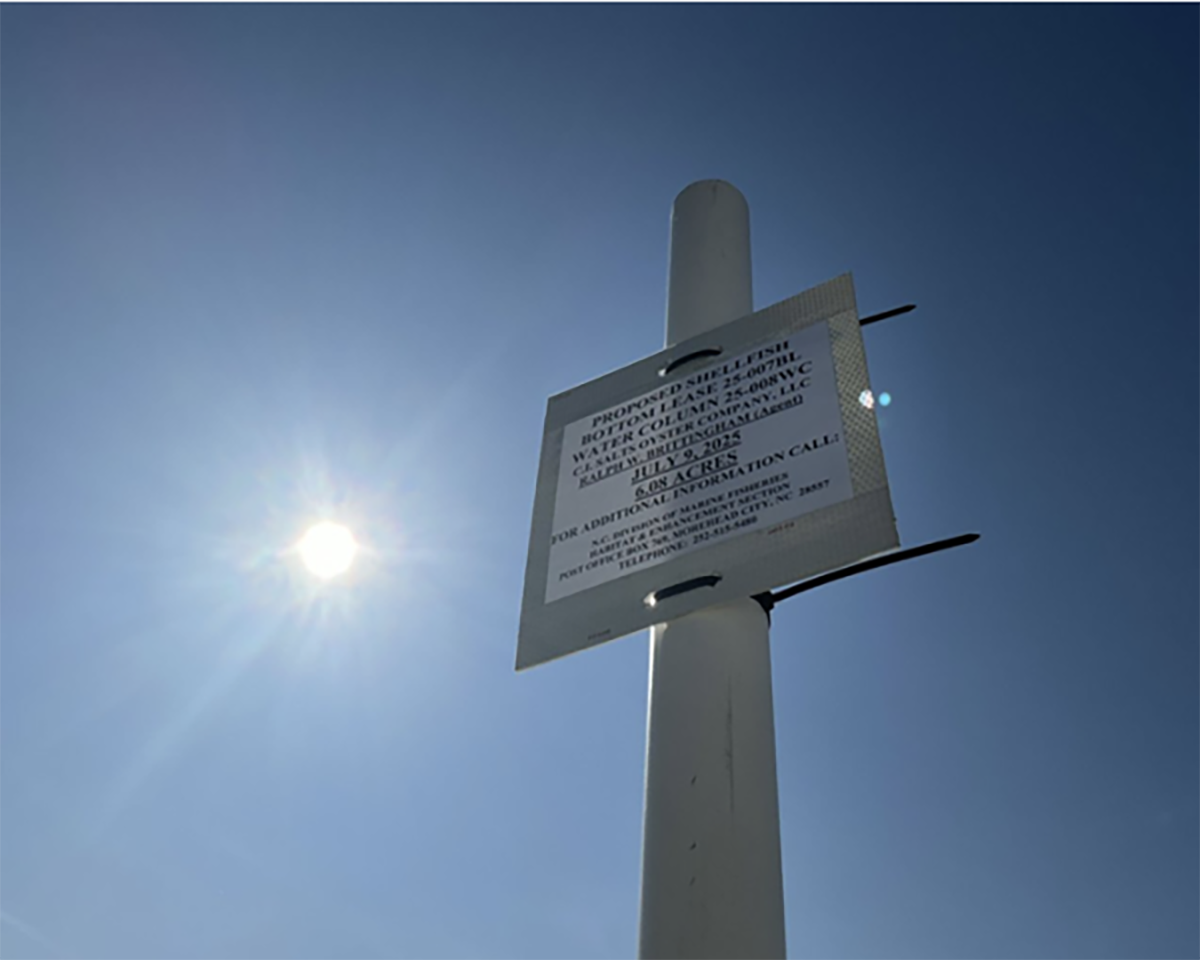
Reprinted from Island Free Press
Dare County Board of Commissioners Chairman Bob Woodard summarized the highlights of 2021 and outlined what’s to come in the year ahead Wednesday during the annual State of the County.
Supporter Spotlight
Held virtually for the second year in a row, Woodard provided an overview of the county’s accomplishments over the past year, including the N.C. 12 Task Force, before digging into the upcoming projects that are planned for 2022.
In early 2021, Dare County and National Park Service Superintendent David Hallac established the N.C. 12 Task Force, made up of the North Carolina Department of Transportation, the North Carolina Wildlife Resources Commission, the U.S. Fish and Wildlife Service, the Southern Environment Law Center, the Coastal Studies Institute, the Army Corps of Engineer, the Division of Marine Fisheries, and others.
“The primary mission of this task force is to complete a long-term plan for N.C. 12 and the highway’s vulnerable locations, meaning hotspots,” said Woodard, noting that there are an estimated eight hotspots along the highway, which are flooded on a regular basis during storms.
This year’s “State of the County” focused on the months ahead, and Woodard touched on the progress of several projects expected to be completed in 2022.
NCDOT is close to completing the “jug-handle” bridge, expected to open in late February or Marc. Woodard said to expect a celebration once an opening date has been announced.
Supporter Spotlight
Woodard reported that the Miss Katie Dredge, a new shallow-draft hopper dredge that will be used in the various channels and inlets throughout the county is still under construction in Louisiana but is is scheduled to be delivered on April 1. Miss Katie will be managed by the Oregon Inlet Task Force and will be able to operate up to 12 hours a day, weather permitting.
Funding for the project was approved in 2019 through a public-private partnership with the state. The legislature allocated $15 million from the Shallow Draft Navigation Channel Dredging and Aquatic Weed Fund for the purchase.
“Having easy access to Miss Katie will be extraordinarily helpful, but it’s not going to solve all of our problems when it comes to shoaling,” said Woodard. “We will continue to have to work closely with the US Army Corps of Engineers to ensure that dredging is taking place in the most crucial waterways throughout the county, which is making sure that dredging is being performed as often as possible in Oregon and Hatteras inlets.”
Woodard noted the county’s assistance in an effort to realign the Hatteras Inlet ferry channel is an initiative spearheaded by the Dare County Waterways Commission.
Due to its current alignment, the Corps is only permitted to dredge the southern tip of Hatteras Island using federal funding. State and local dollars must be used to dredge the South Ferry Channel to successfully create a route to the Hatteras gorge, and permission must be obtained before dredging can be performed outside the official dredging window of October through March.
“The fragmentation of this essential waterway, which also serves as a ferry route from Hatteras village to Ocracoke Island, has been a source of considerable frustration,” said Woodard. “The realignment would ultimately classify the entire channel as federally authorized, so that federal funding and federal dredges could be used to dredge the entire channel.”
Woodard stated that the realignment is expected to be finalized in April.
The county recently received a $150,000 Federal Emergency Management Agency flood mitigation assistance grant to update the county’s stormwater master plan.
“This master plan serves as an outline of our stormwater management policies in unincorporated Dare County, and it allows us to evaluate drainage issues, and develop a capital improvement plan to address stormwater issues,” said Woodard. “The grant also provides the funding we need to identify and map the county’s stormwater infrastructure, and to have an engineer develop projects for critical areas throughout the county.”
Dare County also received a $30,000 grant through the Division of Coastal Management’s North Carolina Resilient Coastal Communities Program to perform risk and vulnerability assessments on Hatteras Island, and to identify and rank the projects that are needed.
“The first step in this process was to develop a questionnaire which was sent out in November, and we received over 1,100 responses. The next step is for engineers to rank the risk,” said Woodard. “Once the process is complete, Dare County will have an opportunity to apply for up to $60,000 that would be used to design a project that would help address some of these issues affecting Hatteras Island.”
Several beach nourishment projects are planned for the summer, including a new project in Avon, and a maintenance project in Buxton.
“The Avon and Buxton beach nourishment projects will cost approximately $29.8 million,” said Woodard. “Dare County will contribute approximately $21.6 million from the beach nourishment fund, with additional funding provided by local, state, and federal (sources).”
The Avon and Buxton beach nourishment projects, which will cover about 2.5 miles of shoreline in northern Avon and 2.9 miles of shoreline in southern Buxton, are scheduled to begin in May.
The full presentation video is available online, and can be viewed on the Dare County Youtube Channel at https://www.youtube.com/darecounty.
This story is provided courtesy of the Island Free Press, a digital newspaper covering Hatteras and Ocracoke islands. Coastal Review is partnering with the Free Press to provide readers with more environmental and lifestyle stories of interest along our coast.








